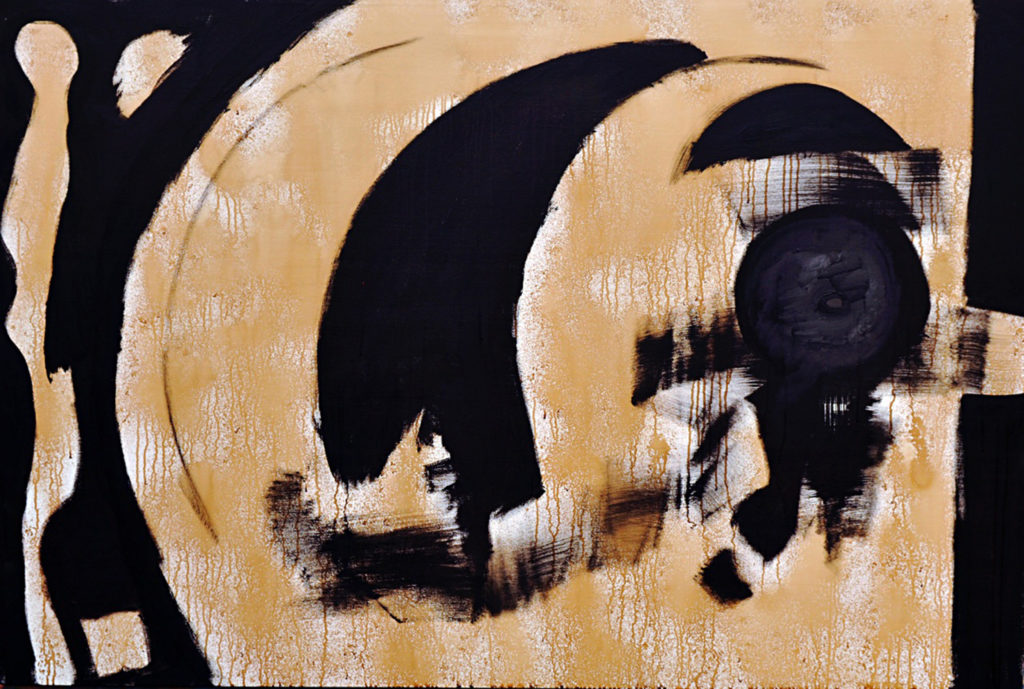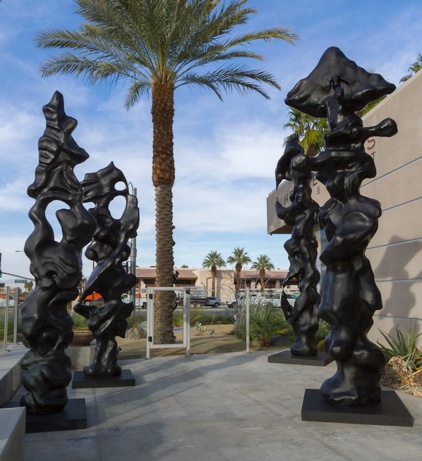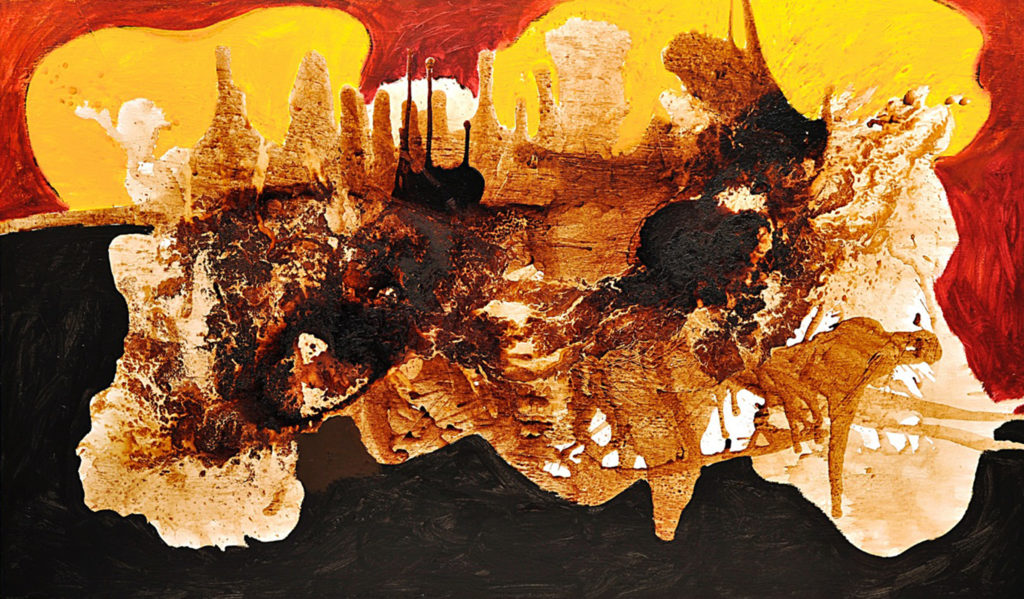Herb Alpert Once Ruled the Music Industry. Now, at 83, He’s Hitting the Sweet Notes With His Paintbrush


Artnet Gallery Network

You’ve probably heard of Herb Alpert. He is, after all, one of the most decorated musicians of the last century. Over the course of his 60-year career (with and without his band, the Tijuana Brass), Alpert has released 14 platinum albums, 15 gold, won nine Grammy’s, sold over 70 million records, and is the only artist to ever top the Billboard Hot 100 chart with both a vocal and instrumental track. As a music-industry executive—he was a the “A” in A&M records—he also helped mint hits for stars as varied as the Carpenters and Janet Jackson, eventually selling the label in 1987 for $500 million. In 2013, standing alongside such figures as Ellsworth Kelly and George Lucas, he was presented with the National Medal of Arts award by President Barack Obama.
But what you might not know about him is that he’s an accomplished visual artist as well. For 45 years now, Alpert has quietly labored away on experiments with abstract sculpture and painting, occasionally showing his work throughout the U.S. and Europe.
This month marks one of those occasions: Alpert is the subject of a new show at the Palm Springs outpost of Heather James Fine Art. The exhibition, which brings together a collection of his abstract paintings and totemic bronze sculptures, is aptly titled “A Visual Melody.”

Herb Alpert, Black Horizon (2017). Courtesy of Heather James Fine Art.
Alpert’s paintings are in a riffing conversation with the lineage of the Abstract Expressionists—which is not surprising, perhaps, given the genre’s long history with jazz. His canvases often feature splashes and drips of paint in the vein of Pollock, as well as broad swaths of color that recall Robert Motherwell. (The drips are augmented by the fact he frequently paints with organic coffee, diluting the grounds for different hues.)
But it’s Alpert’s sculptures that steal the show. Part of his ongoing “Black Spirit Totems” series, which are inspired in part by indigenous totems poles the artist came across in Vancouver’s Stanley Park, the works look like wind-worn trees in aftermath of a forest fire. They range in size from just a few feet tall to a staggering height of 17 and 18 feet.
Alpert approaches visual art-making the way you’d expect a jazz musician to—instinctually, responding to the ineffable “feel” of a piece more than any other aesthetic criteria. For him, the two disciplines aren’t far removed from each other.
“They’re very similar in the way that I feel when I’m doing it,” Alpert tells artnet News. “When I’m writing a song or playing, sometimes I just hit it where it just feels right and it’s a great satisfying feeling. Sometimes when I’m painting and the canvas isn’t finished and it feels incomplete and I’m not sure what to do with it, I don’t feel as settled as I do when it’s finished, and when it’s finished I get that mmmmm feeling like something happened.”

Installation view of “Herb Alpert: A Visual Melody” at Heather James Fine Art. Courtesy of Heather James Fine Art.
Alpert first began painting around 1970—nearly 15 years into his music career, at the height of his fame.
“Traveling around the globe with my band and going to museums, I was always interested in the Modern art section. I just got interested in trying to imitate what I saw,” he recalls. “So I bought some paints and started moving them around like a monkey, or an elephant with a brush in his trunk. It wasn’t great, but I was having a lot of fun doing it. I just kept at it because it was something that was feeding me.”
Alpert, who turns 82 next month, is almost as active now as he was back then. He has an ongoing concert series, and he works in his studio every day. He also devotes a great deal of time—and money—to his foundation, which promotes art education across the country. He describes a time when he was a shy eight-year-old kid in Los Angeles and happened to pick up a trumpet from a table full of instruments in a music class. “It changed my life, and I think all kids should have that experience,” he says. “It should be a core part of every child’s education.”

Herb Alpert, Nuclear Winter (2012). Courtesy of Heather James Fine Art.
As for what makes for good art, it’s something Alpert is still exploring. “I think that all art is a mystery,” he says. “You can’t put your finger on it. If you like a piece of work—if you like a sculpture or you like a painting or you like an actor or a dance or anything else—you can’t really put your finger on that element that touches you. When I played with Louis Armstrong, I would say to myself, ‘What in the world is this guy doing that gets so right under your skin?’ And I realized that it was his persona; it came right through the instrument. We were hearing Louie.”
“I’ve gotten over trying to paint like my art heroes or to play like my favorite jazz musicians,” Alpert explains. “As I got older, I said, ‘I’m just going to get up to my own water level, leave it at that, be as honest as I can about my expressions, and have a good time.’ I’m not looking for attention, I’m not looking to convince anyone that I’m a great artist. If you feel it, great. If you don’t, well, you can’t talk anyone into it.”
“Herb Alpert: A Visual Melody” is on view through May 31, 2018. Heather James Fine Art is located at 45188 Portola Avenue in Palm Desert, California.
